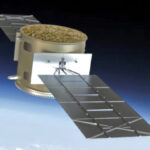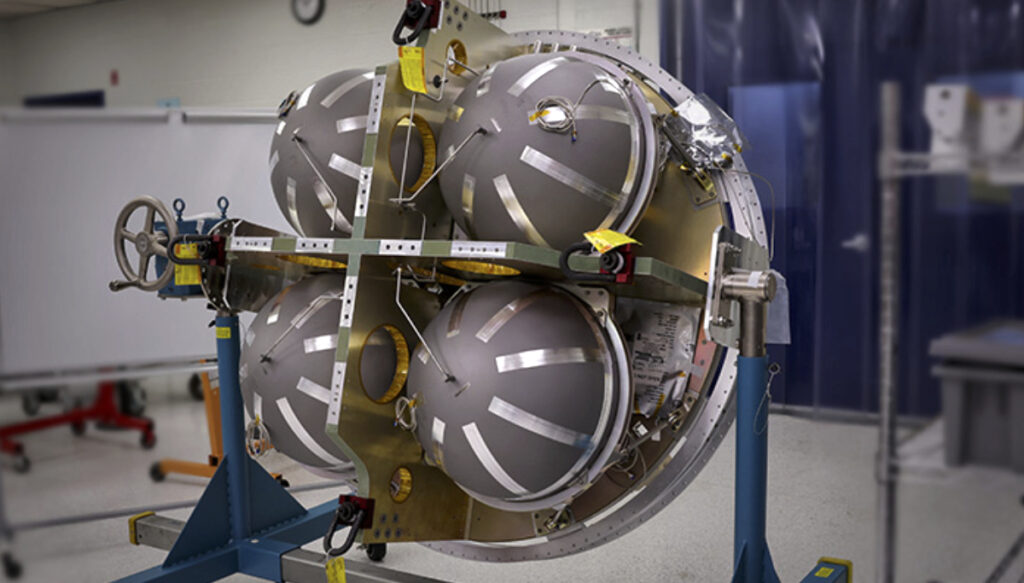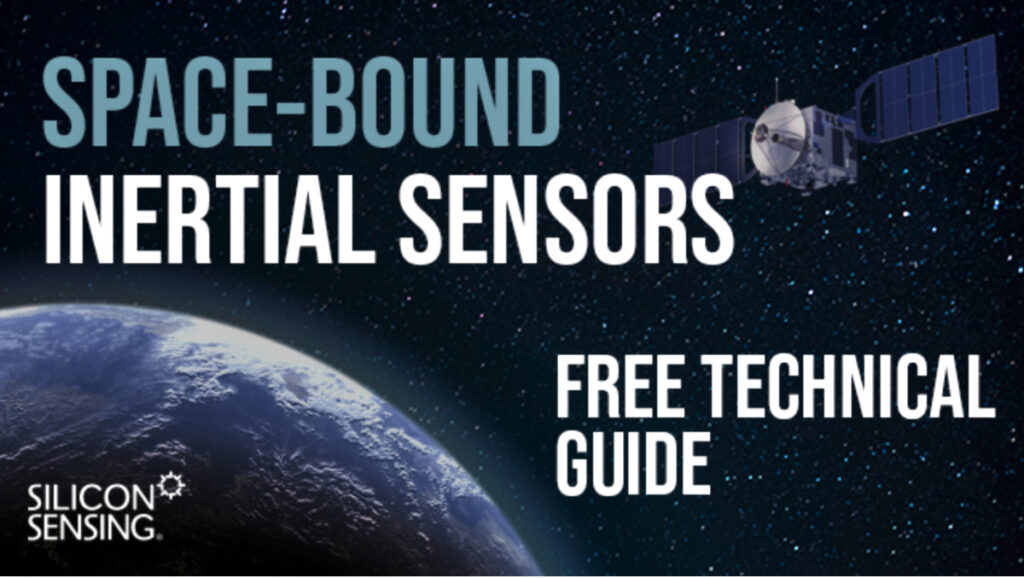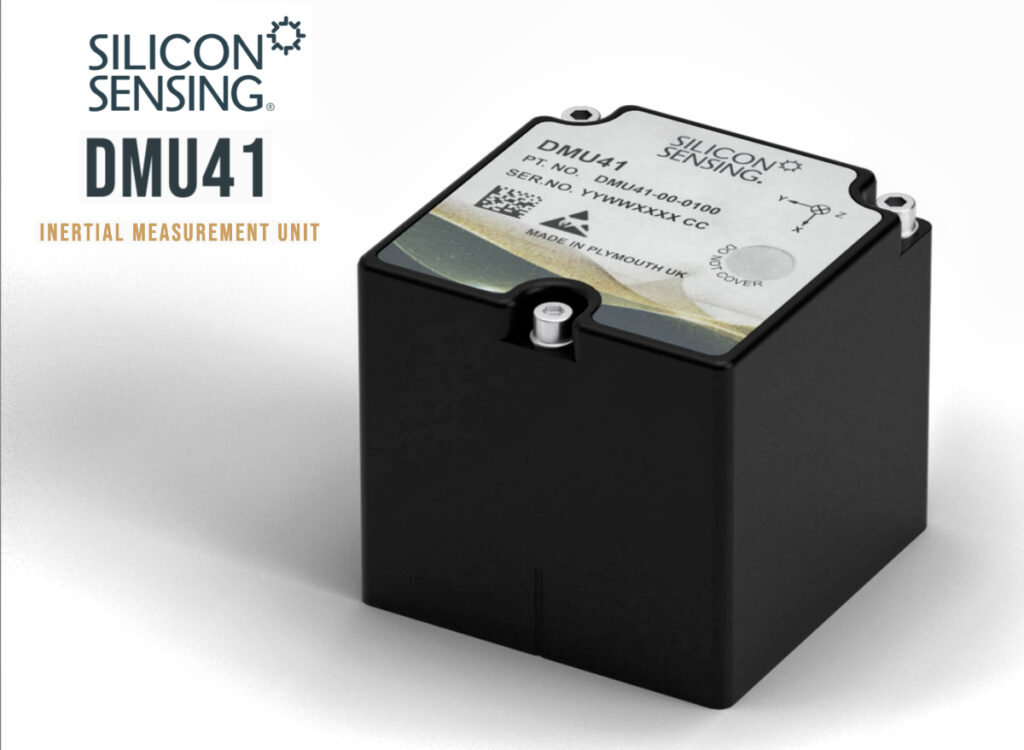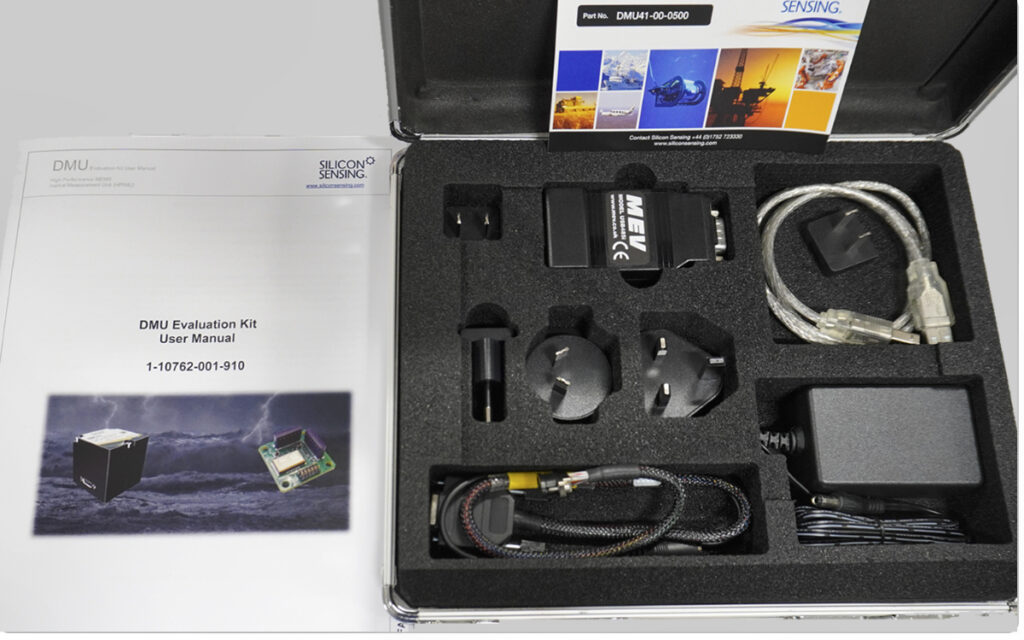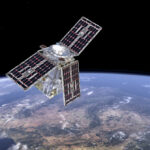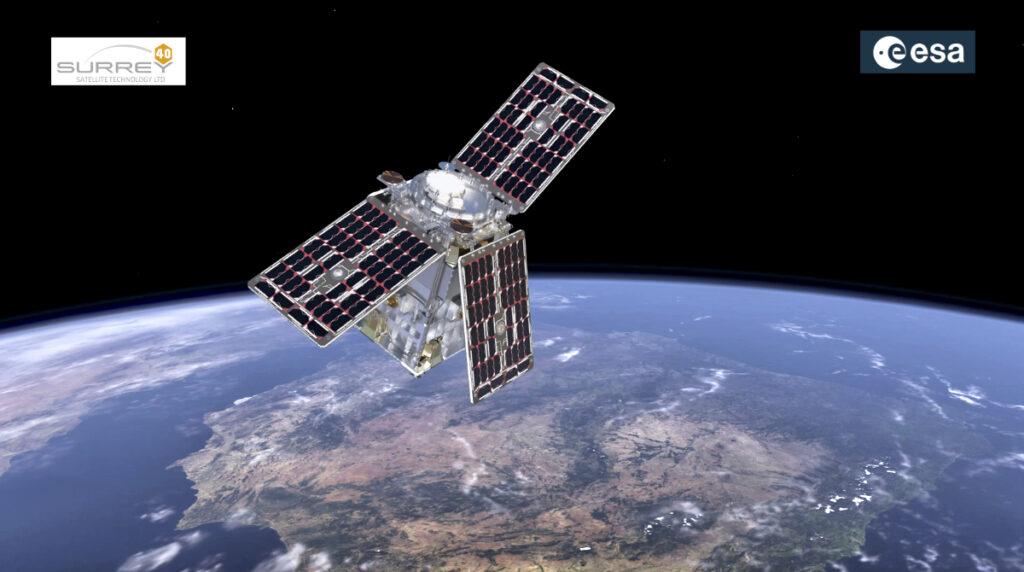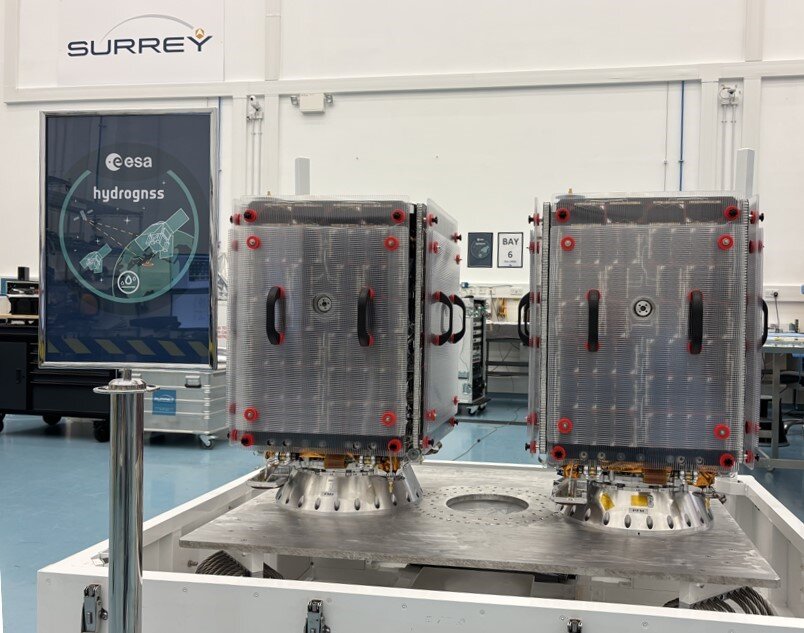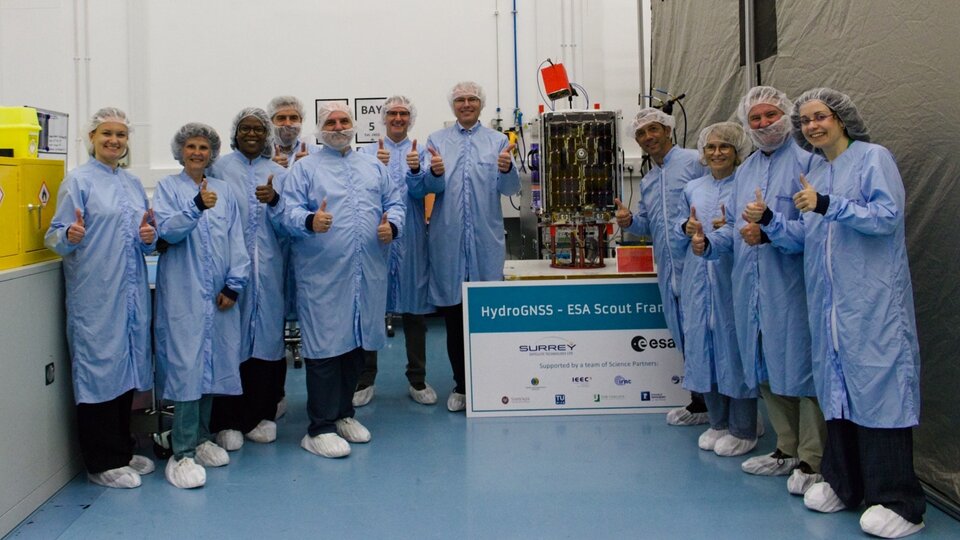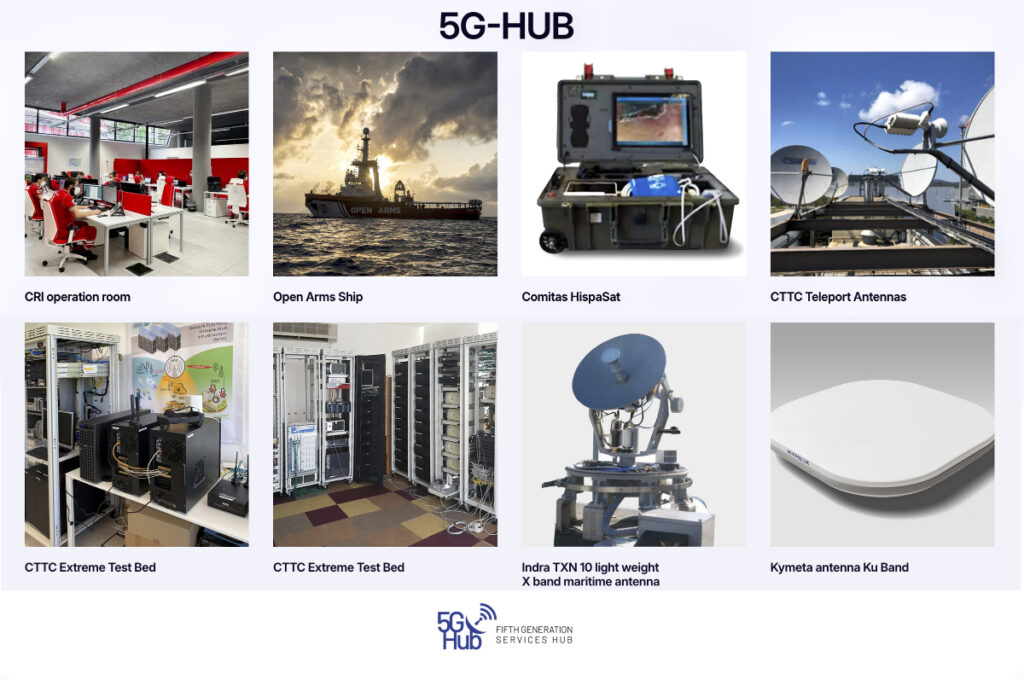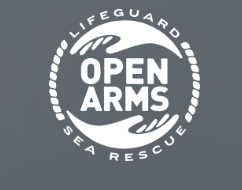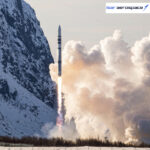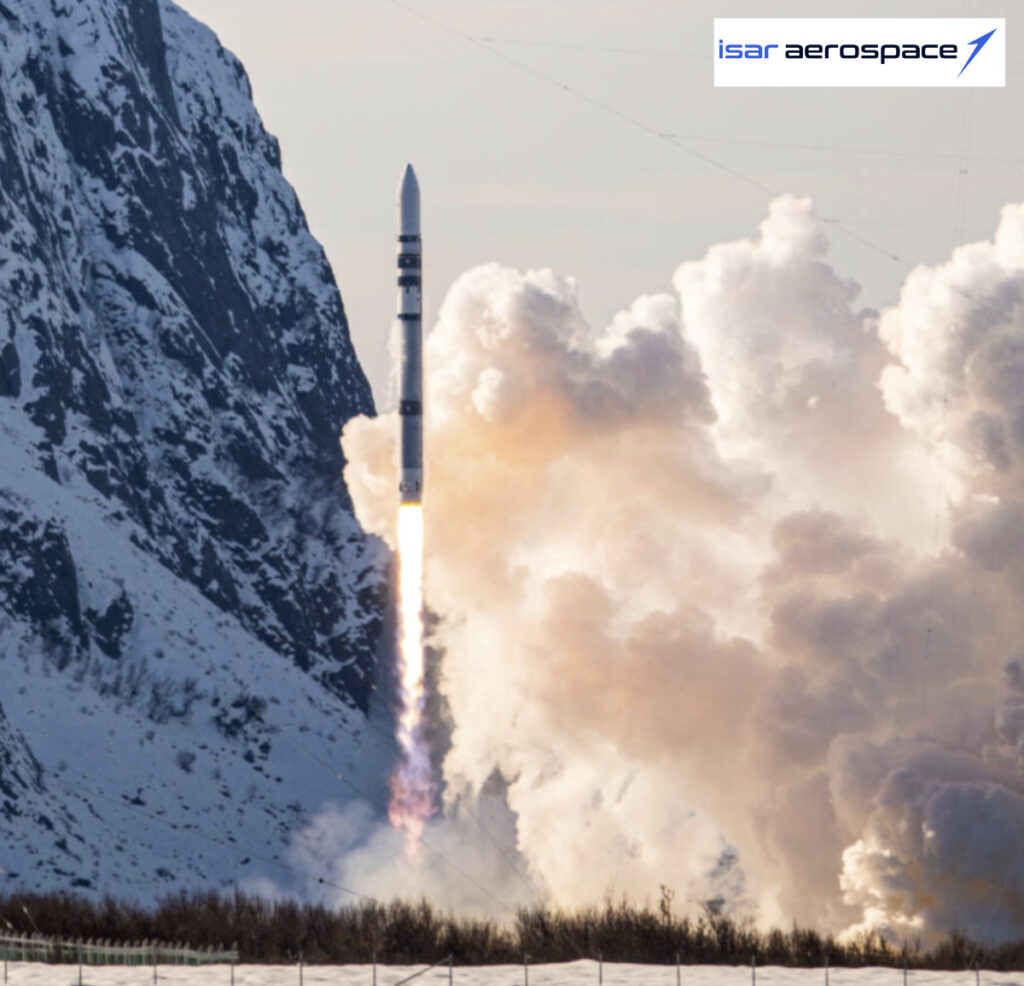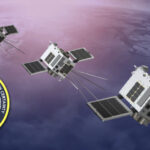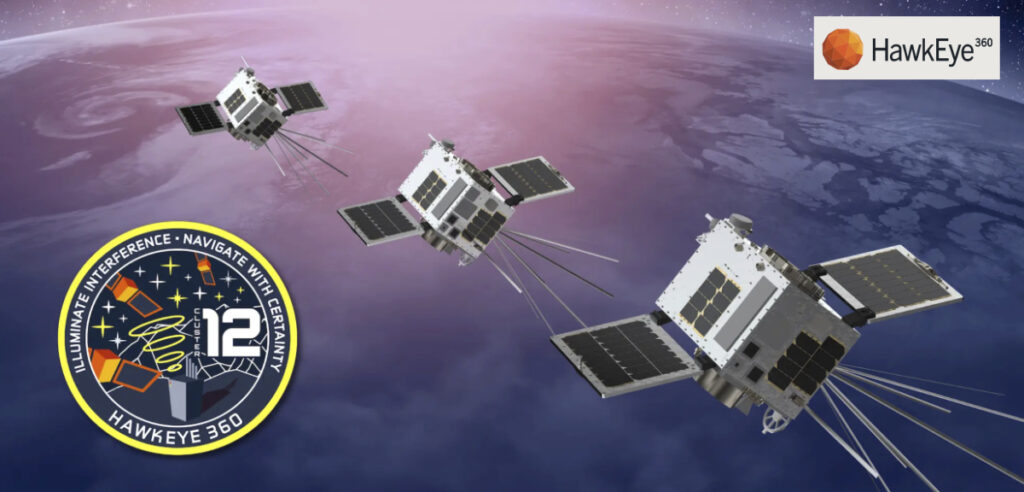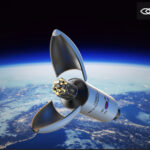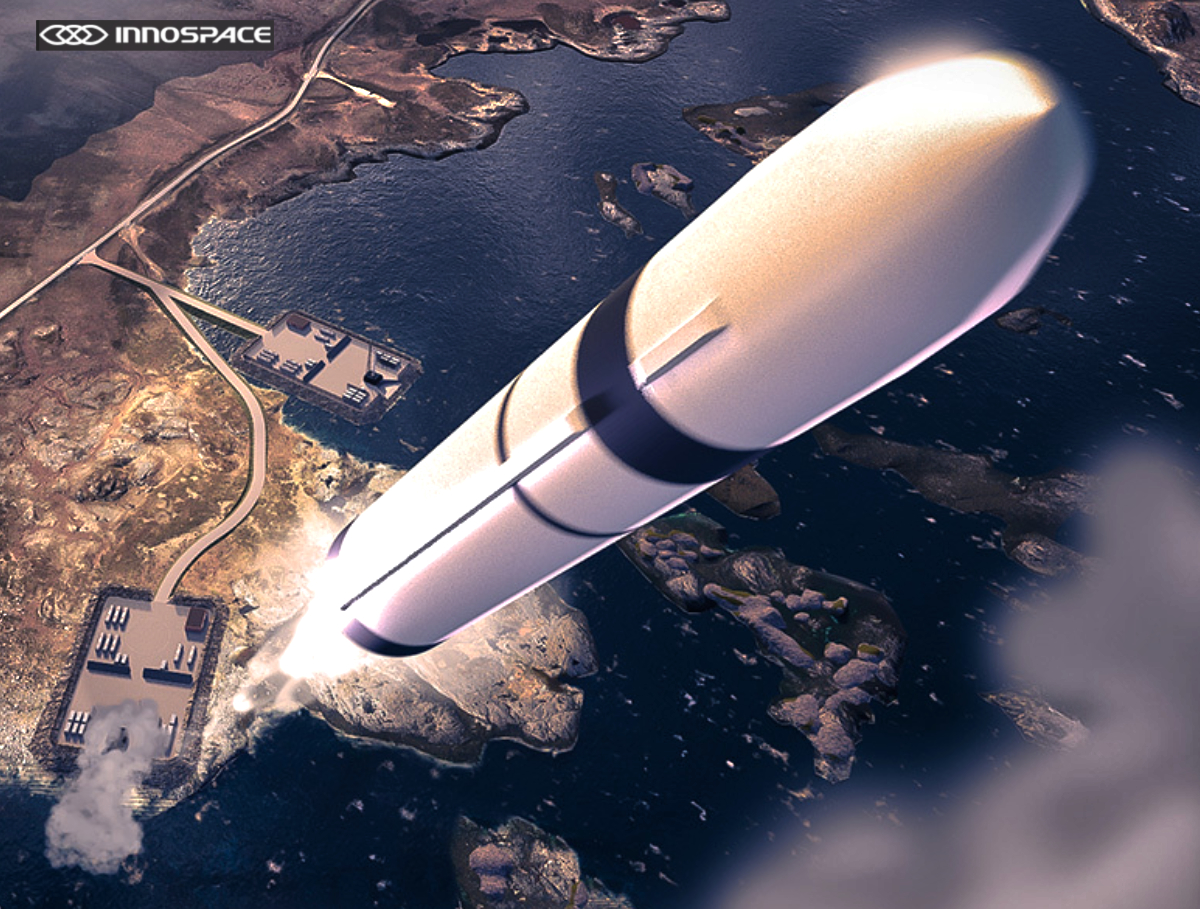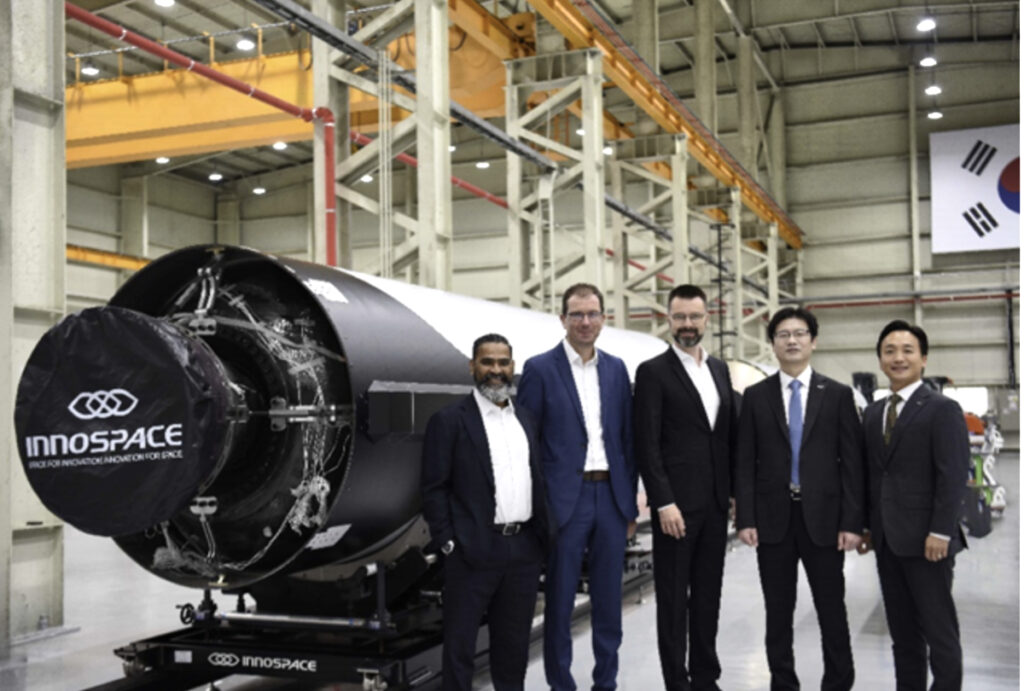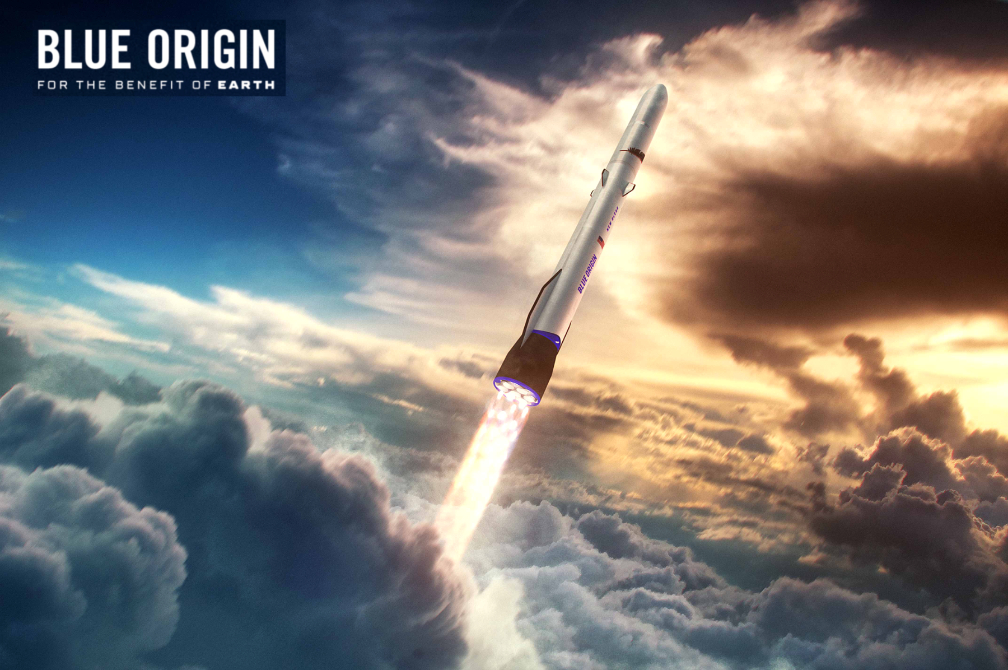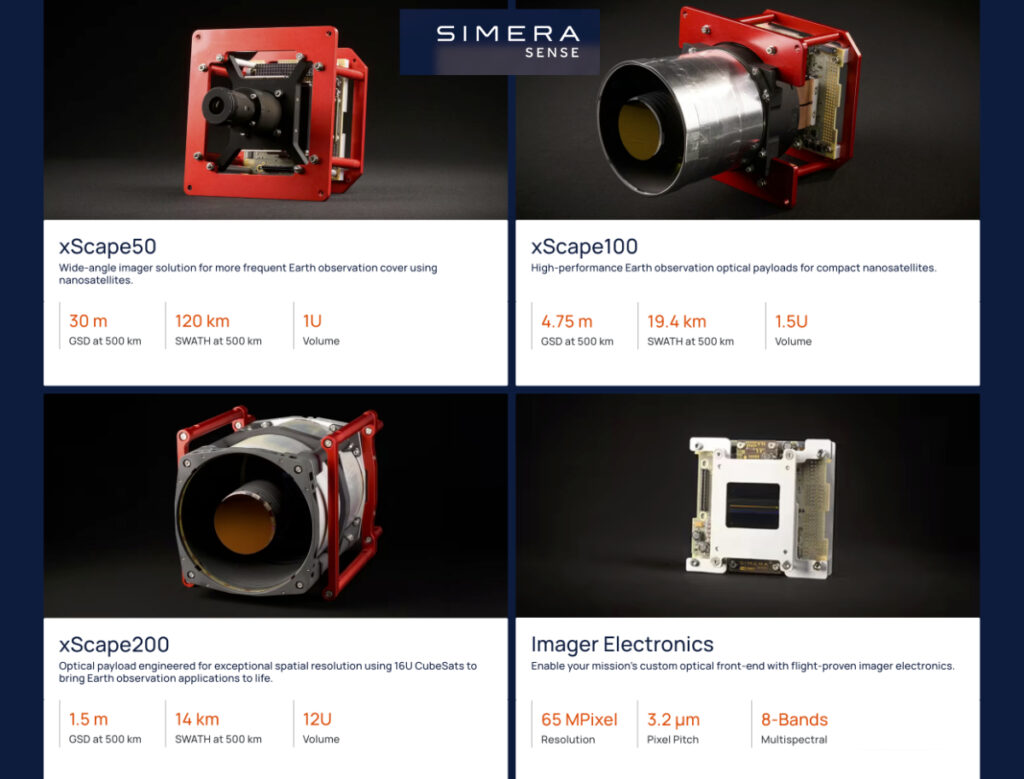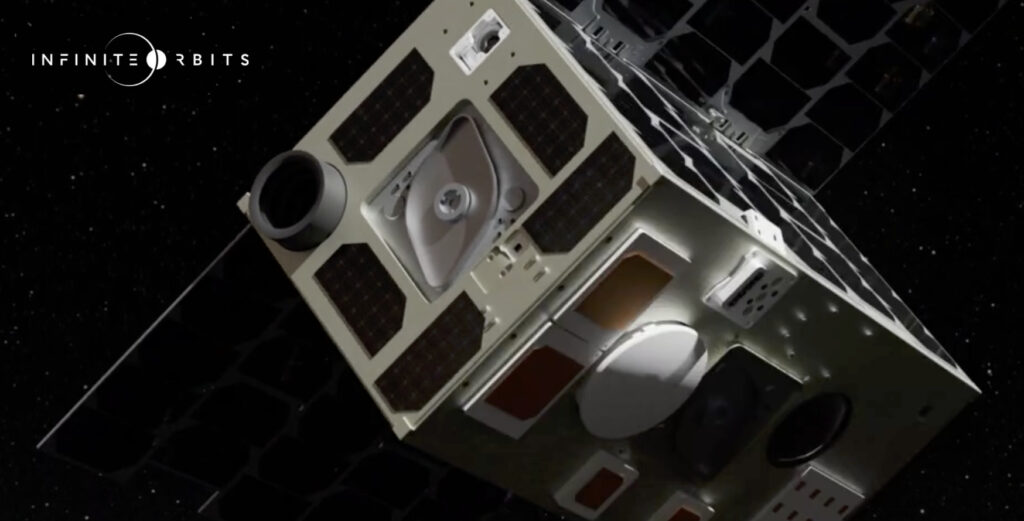Surrey Satellite Technology Limited (SSTL), in partnership with CSIRO, University of Stirling, Pixalytics, RAL Space, Assimila, and Deloitte, is advancing the AquaWatch program through the UK Space Agency’s International Bilateral Fund (IBF) Call 2.
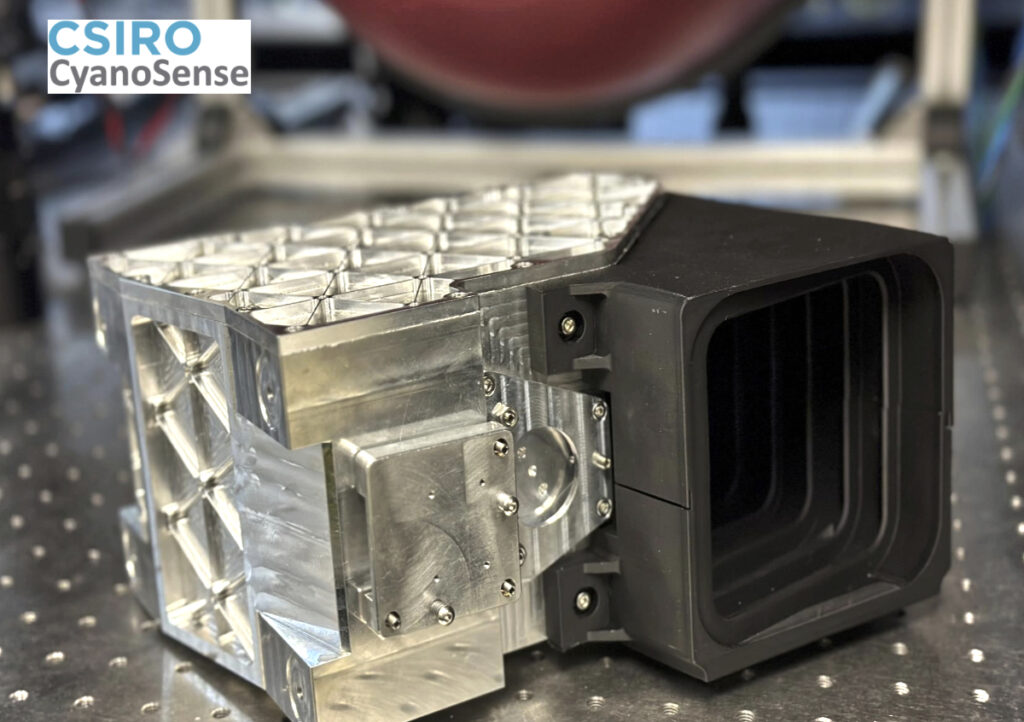
Building on the successes of earlier IBF Call 2 AquaWatch-AUK project, this initiative strengthens the UK-Australia Space Bridge, enabling satellite development to address global water quality challenges through innovative Earth Observation (EO) technologies.
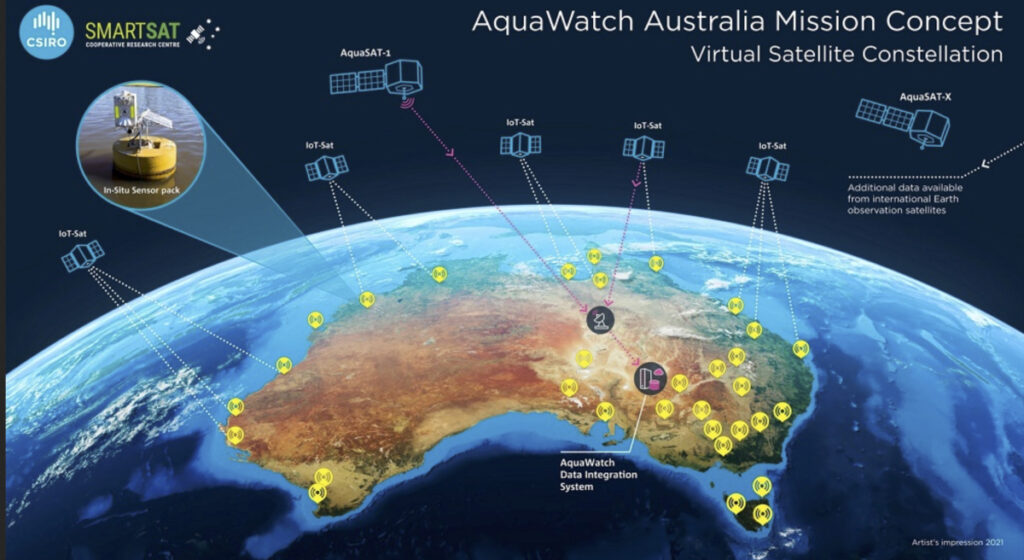
Water quality is a critical global issue, threatened by pollution and climate change. AquaWatch addresses this challenge by integrating satellite-based EO data with in-situ measurements, creating a scalable, integrated water monitoring system. The project proposes the development of an Australian AquaWatch satellite to complement ESA’s NAIAD mission, creating a dual-satellite system that enhances the frequency and precision of monitoring.
The Australian satellite will feature CSIRO’s Cyanosense hyperspectral imager. This innovative instrument supports detailed biochemical water analysis and aligns with NAIAD’s TrueColor imager, delivering complementary EO data streams. The satellites will integrate with platforms such as the UK EO DataHub and Australia’s Earth Analytics Science and Innovation (EASI) platform, bridging the gap between satellite observations and ground-based measurements.
The IBF project lays the foundation for a follow-on initiative, enabling the design and manufacture of an Australian water monitoring satellite. By leveraging the NAIAD satellite design and integrating advanced Australian technology, the project ensures cost efficiency while driving technological advancements.
This collaboration showcases the strength of the UK-Australia Space Bridge while delivering significant benefits for both nations:
For Australia:
Accelerates domestic satellite development through SSTL-led knowledge transfer.
Strengthens industrial capabilities and boosts Australia’s role in global EO constellations.
Addresses regional water challenges while creating new economic growth opportunities.
For the UK:
Aligns with IBF objectives to foster investment, collaboration, and public benefit.
Enhances the UK’s reputation as a leader in small satellite systems and EO technology.
Expands export opportunities and strengthens ties with international partners.
A Platform for Future Investment
Clive Oates, Head of SSTL Australia, said, “AquaWatch exemplifies how international collaboration can address shared global challenges, fostering innovation and economic growth. This initiative strengthens the UK and Australia’s leadership in EO technology and paves the way for scalable, sustainable solutions to water quality monitoring worldwide.”


